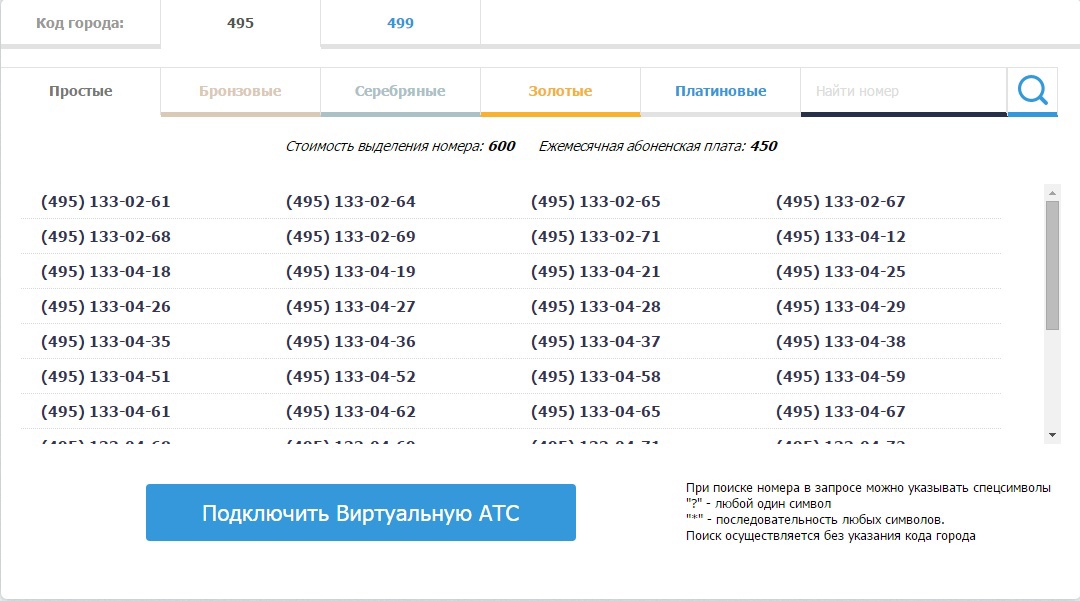Through hardship to the stars. How we stuffed bumps

What started the virtual PBX RingCloud .
Of course with the idea. The idea was that you can create a project that will not be connected by a thousand wires, complex technical settings. I wanted to make the product understandable and easy for the user, with great opportunities for growth and transformation.
')
Prior to the emergence of such ideas, we already had successfully implemented projects in the B2B telecommunications market. For a new project, they began to look for a niche, made a detailed analysis of the market and decided to develop the concept of a cloud-based virtual PBX.
It would seem that there are a lot of proposals in this segment, but we have set ourselves the task of making a “light” product.
What we see on the market is ancient and heavy dinosaurs. This means that the tasks that we set for ourselves: product agility, which includes the ability to expand the number of users connected to a number, easily change settings, take into account the wishes of customers, and develop individual ones or introduce mass "chips" on the basis of these wishes no one before us did.
Problems
Naturally, at the beginning of each business there is a moment of inspiration, a “spark” and it seems that your project is the best, you just need to embody and overcome all difficulties. The goals that we set for ourselves were and remain very noble and, at the same time, challenging the market, because we fully realize that spreading our plans and goals in comments and articles, we acquire observers (and not only in the face of competitors), which will be closely monitored, as the promises are kept.
So, inspired by the new idea, we set about developing a virtual PBX. On October 15, they launched the project in production, but did not get any special results by the end of the year. It so happened that the market wanted a little bit different. Many people liked our PBX, but they wanted to buy it along with a direct Moscow number. So we realized that we just needed our own showcase of rooms. Otherwise, the client was uncomfortable, it is necessary that here and now, in a complex.
Another problem was that we ignored the call recording function at the exit to production stage. It seemed to us that this function might be needed later, but it is not so much in demand.

As a result, we received sales at a level bordering 0 and rushed to solve these problems.
Decision
We also solved the task with numbers quite coolly: we simplified the functionality of the number purchase by the end customer using the common showcase solution, but our solution allows you to work with several telecom operators, which simplifies the selection of a number from a very large number of numbers. The user, having come to our site, sees the sorted numbers, and can choose any by clicking the mouse several times. And at this time a bunch of legal entities interact, there is a mass of legal relations in order to transfer the rights to the user to the selected number. It turned out as we wanted: easy and understandable for the client. Now, on the basis of this decision, we have enabled our users to choose from more than 14,000 (!!!) numbers in codes 495 and 499 . Next in line are the numbers 8-800, but they are not so much in demand from our potential customers (there are very few inquiries).

Here it went uphill, customers immediately appeared and it all worked. But we, naturally, did not want to stop at what we have achieved, we still have a lot of ideas and we need to implement them. Therefore, the next step was the development of integration with CRM. This is a fairly popular product on the market. A system that reflects objectives, goals, actions and plans, as well as statistics and deadlines.
People who will use the CRM system in conjunction with telephony can be divided into two categories.
The first is cost optimization and efficiency companies, as well as newbies. They often move from fixed to virtual telephony, and also think about the use of CRM systems, especially if they understand their benefits, expressed in financial indicators. These are companies seeking to progress. For them, we will have options: you just want telephony, and you want to grow and modernize your business, well, we have resources for that!
The second category is companies that have already implemented a CRM system. These are advanced firms. They know for sure that virtual PBX is more profitable for the company. But they may be in search of an optimal solution and change the provider who does not like them for some reason. And if they are looking for something new in the field of virtual telephony, it is only subject to the availability of integration with their CRM.
Based on this, we developed and launched REST API (a special program code on which, taking into account the particular CRM features, the program for integration with the system will be built.
So far this is all, we hope, it was interesting for you to read about those bumps that we crammed in the process, and those decisions that eventually led us to understanding the needs of the market, and our company to the beginning of growth.

Source: https://habr.com/ru/post/258803/
All Articles